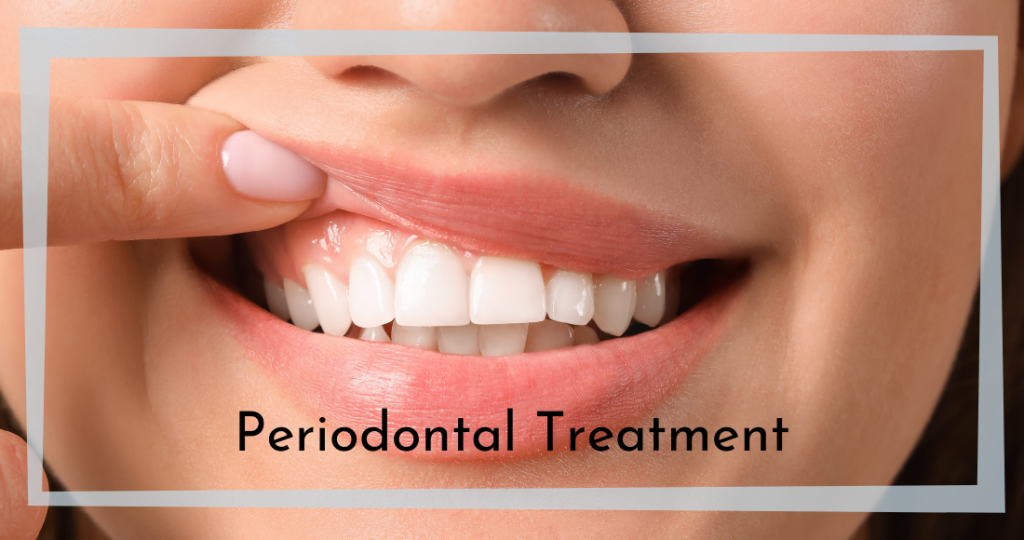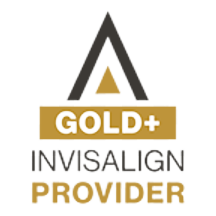
Stages And Symptoms of Gum Disease
The earliest stage of periodontal disease is known as gingivitis, which some oral health experts say affects almost 75% of the adult population in America. If gingivitis is not treated promptly, it progresses to an advanced stage called periodontitis, or gum disease, an infection of the gums, or gingiva, as it is known in dental circles.
This infection in the gums that support the teeth begins when plaque on your teeth hardens into tartar that grows below the gum line. This infection can set and spread fast, and it becomes irritable to the soft tissue in your gums. Patients’ initial symptoms of this type of gum disease often go unnoticed since they are usually mild in their initial stages.
These initial gum disease symptoms include loosened teeth, unusual gum bleeding after brushing, and swollen, red and tender gums. As this disease progresses, bacteria pockets form along the gum line, and gums often recede away from the teeth. This type of bacteria can destroy both bone and gum tissue, causing tooth loss that many times bring little or no advanced pain.
Our office at Chesapeake Center for Complete Dentistry offers several non-surgical options for periodontal or gum disease, even when it has advanced to periodontitis. Below are listed four such treatment methods:
- Lasers can be used to promote the reattachment of the gum to bone and teeth.
- Therapy with antibiotics – is used to combat and stop the spread of infection.
- Teeth Scaling – removing hardened plaque from below the gum line.
- Root Planing – this reduces the rough areas on a tooth’s root.
Where gum or periodontal disease infection has significantly advanced, surgery may be called for. We will refer our patient to a colleague, a trusted periodontist, and a competent oral surgeon in such cases.
Specific Treatment Aftercare
Depending on the severity of a patient’s after-treatment condition, we will provide them with the appropriate home-care instructions. However, they should always expect a restructuring of their current oral health regimen to prevent further dental care issues. This change would also include increased office visits as a preventative measure.


